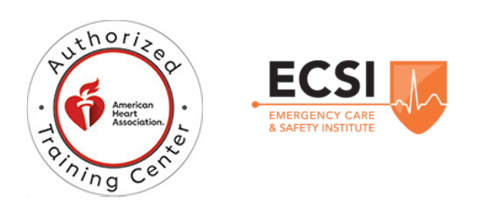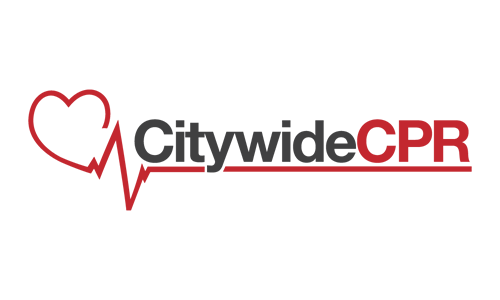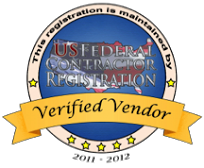As we advance in age, our body tends to become “worn out”. One particular organ that can become “worn out” overtime is the heart. When this happens, it can lead to what most people refer when they say “heart failure”. Not many realize, however, that anyone can develop heart failure.
When you have a hear failure, your heart is unable to work efficiently. This means that it would not be able to pump enough blood. In most cases, this would lead to congested lungs, fluid and water buildup around the ankles and the legs, and rapid or irregular heartbeats,
Conditions That Lead to Heart Failure
Heart failure does not just happen overnight. In most cases, the patient tends to have a pre-existing heart condition that, later, leads to a heart failure. Some of the most common conditions that can lead to heart failure would include:
- coronary artery disease
- high blood pressure
- heart valve disease
- lung conditions
- alcohol/ drug abuse
Such conditions as severe anemia, hyperthyroidism, and arrhythmia can also be sign that you have heart failure.
Now, an increased propensity for heart failure is not really very rare. In fact, about 6 million Americans live with heart failure with one in every 5 Americans over the age of 40 developing it over their lifetime.
Heart Failure is also something that can happen in children and adolescents. In this case, the cause is typically either over circulation failure or pump failure. Both typically present themselves in the form of breathing trouble, poor feeding, poor growth, sweating, or low blood pressure. A chest x-ray is often done in order to determine whether the heart is enlarged or not. Additional tests such as EKG and echocardiogram may also be done in order to determine the actual condition of the heart.
Critical Symptoms of Heart Failure
Certain symptoms of a heart failure warrant a call of the doctor. These symptoms would include:
- Unexplained increase in wright over a short period of time.
- More than the usual swelling in the ankles, feet and legs
- Extreme fatigue
- Lung infection
- Irregular and/ or fast heartbeat
- Restlessness
- Sudden and severe headache
Why do you need to be aware of the symptoms? Well, heart failure is considered to be one of the most costly conditions anyone can have. About 80% of overall national costs are due to hospitalization. The time you have to spend in the hospital would also mean lost wages and work time.
Treating and Dealing with Heart Failure
Some of the most common methods of treatment for this medical condition would include:
- administration of ACE inhibitors
- Use of beta-blockers
- Use of digoxin and blood vessel dilators
There are some medical service providers that also do cardiac rehabilitation. Cardiac rehabilitation is a combination of proper exercise regimen as well as a healthy lifestyle. The program also typically includes emotional support in the form of regular meetings with people who have similar conditions.
Of course, it is also a good idea to make sure that you have an AED on hand, or at least have the people around you undergo CPR certification.





